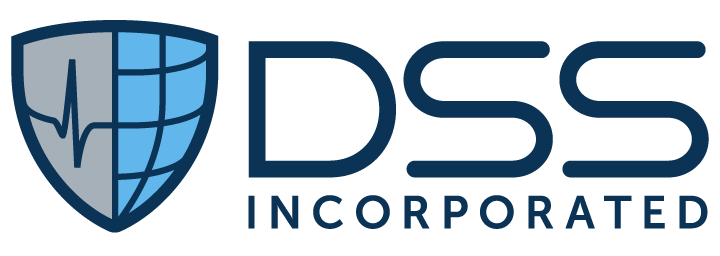Modernization of VistA: A Way Forward
Between the 1980s and early 2000s, most of the Veterans Health Information Systems Technology and Architecture’s (VistA) infrastructure and application improvements focused on creating a world-class hospital information system (HIS) for the Department of Veterans Affairs (VA). These initiatives have generated a wealth of interoperable applications unmatched by any other system. VistA has streamlined and eliminated paper-based processes throughout clinical, financial and administrative departments, but it presents many challenges for modern healthcare organizations. For instance, it still relies on legacy application processing interfaces, such as roll-and-scroll features. It also limits access based on where users are logged in, which today’s smart phone users find inconvenient and cumbersome.
Updating VistA is complicated by the numerous data and package dependencies and the attrition of VistA knowledge in the last ten years. Modernization efforts such as Pharmacy re-engineering have struggled, and legacy package development has stalled leaving some incapable of supporting current MyVA mandates and regulations. In the ever-changing landscapes of healthcare and technology, modernization of VistA is essential to meet our nation’s veterans’ needs and retain it as the VA’s HIS.
Moving forward with VistA
Despite its challenges, VistA is well positioned to evolve into an industry leading, open standard data layer that can be accessed by any technology. The M database associated with the architecture has proven incredibly efficient and capable of scaling to meet the VA’s needs. Its performance and scalability work well with today’s service-oriented architecture (SOA) capabilities. It was “NoSQL” and “post-relational” before those terms were used to describe modern databases.
Large, world-renowned public and private institutions are building IT infrastructures around the M database. Vendors are currently developing modern interfaces for VistA, replacing legacy functionality and proving VistA is capable of evolving at all levels of the technology stack. Commercial implementations of VistA are certified for meaningful use—including interoperability tools—and have outpaced VistA in women’s health and other domains.
Strategies for modernizing
The healthcare industry has a plethora of experts and thought leaders ready to partner with the VA to meet its goals in a “Buy vs. Build” strategy. When considering the scale of Buy vs. Build, the VA and others in the VistA community should take into account the many successes and failures in previous modernization attempts.
Rather than implementing a “rip and replace” approach, DSS has proven that starting small increases the chances for success. In our model, VistA remains the database of record and continues to feed dependent applications and downstream systems. Backend M components and modern user interfaces are developed simultaneously at no cost to the VA using feedback from sites and business owners. VA is able to review the cost benefits, key performance indicators and performance outcomes of software already installed and working in their facilities when making a national investment.
Alternately, when service contracts are awarded to the “next vendor up,” it fosters an environment where vendors meet only basic requirements in the contract, rather than serving the needs of end users and the business office. Without product ownership, goals are narrower than the VA would enjoy if it returned to a more beneficial relationship with vendors.
VA can mitigate modernization risks by shifting liability to the healthcare industry and leveraging vendor partnerships with proven performance. Doing so will create an environment of shared success and fast-track VistA evolution efforts.
What do you think of the VistA modernization effort?
We’d love to hear from you. Leave us a comment here, or chat with us on Twitter (@DSSHealthIT) or LinkedIn.
